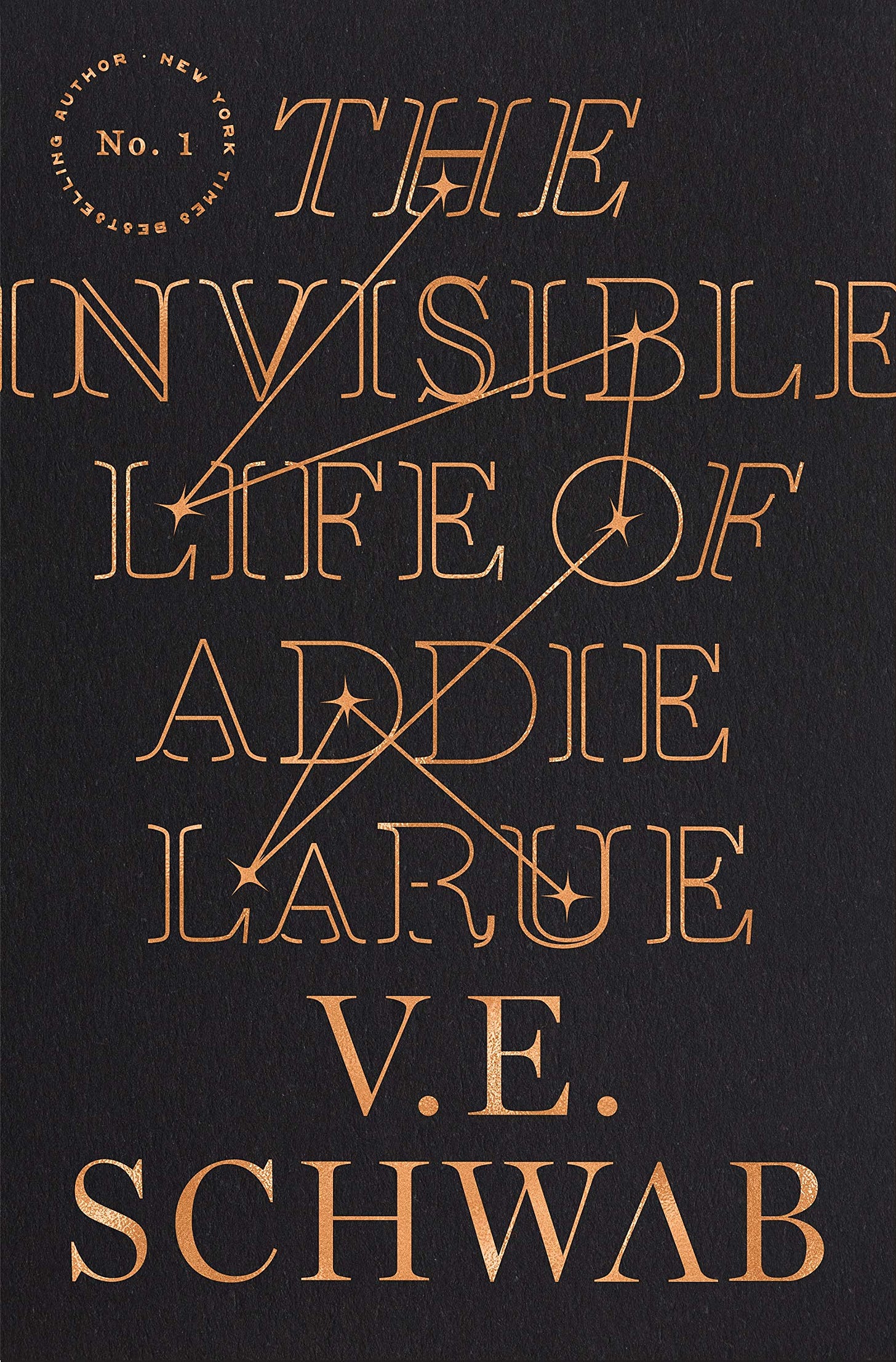Say Nothing: A True Story of Murder and Memory in Northern Ireland
by Patrick Radden Keefe
2019
My family’s history traces to Northern Ireland, but the connections to that place have been thin or historical. Yet, in my lifetime that place has been the site of war. I visited Belfast and Dublin in August 1989, the 20th anniversary of the start of The Troubles. Downtown Belfast still had security gates blocking the street, and before you could enter stores your bags were checked for bombs. The weekend I was in Dublin, the streets filled with a parade in support of the IRA.
Mayhem is irrational, but civil conflict is not. Still, when civilians “on both sides” are frequently murdered, where in the end is sense? Patrick Radden Keefe captures the madness and the attempts to make meaning out of both the historical injustices at the root of the conflict and the wide collateral damage caused to families, who were just trying to get by.
Does it tell “the true story of the The Troubles”? Well, that story cannot be captured in any one book, but what he manages to pack in is so, so much—and most of it comes across with a neutral observer tone. I’m not going to nit pick about that, though. Partisans from across the spectrum would probably find elements to complain about. He has framed his story to celebrate neither gore nor glory.
In 1972, a Protestant mother of 10 is taken from Belfast by the IRA, and she is never seen again. Meanwhile, two youthful Catholic sisters, once interested in marching for Civil Rights, are daytime students and nighttime soldiers. Decades later the pigeons of so many consequences come home to roost. So many damaged children, so many destroyed lives.
I learned that the British brought anti-guerrilla tactics from the Mau Mau conflict in Africa to the streets of Ulster. Bloody hell. Also, one of the IRA’s top enforcers was a British informer. Total chaos. Madness. It cannot be allowed to happen again. Building peace, building communities must prevail.
The Invisible Life of Addie LaRue
by V.E. Schwab
2020
This isn’t at all the kind of book I would, in general, choose for myself, but such are the benefits of neighbourhood book clubs. I read this in early 2021, and it was one of the pleasant surprises of the year. I continue to recommend it, though I do so with a warning: be prepared.
Because reading this book is a little like entering the Matrix, you must be prepared to shift your mind to alternative perspectives. The main character, Addie of the title, in 18th century France, makes a deal with a malignant spirit, who grants her eternal life, but (of course) at a cost. No one can remember her at the end of each day.
The consequence is logical. She is horribly lonely. She cannot hold down a job. She becomes an adept thief and suffers over and over again doing what she needs to do to survive. Yet, she cannot be killed, and she gets her wish to have many adventures and becomes a witness to history.
Ultimately, through a twist of fate, she meets someone who remembers her—but he has his own tragic tale. Of interest, is Addie’s attempt throughout the book to leave a mark. No one can remember her, but she is a muse to painters and artists, and their representations of her persist. As the book progresses, and alternate plot of art objects accumulates—dropping clues for later historians.
The book leads to a crashing crescendo, as inevitably it must.






"reading this book is a little like entering the Matrix..." A nice line. When I first read it I thought it said "reading a book is a little like entering the Matrix." I nodded my head in agreement.